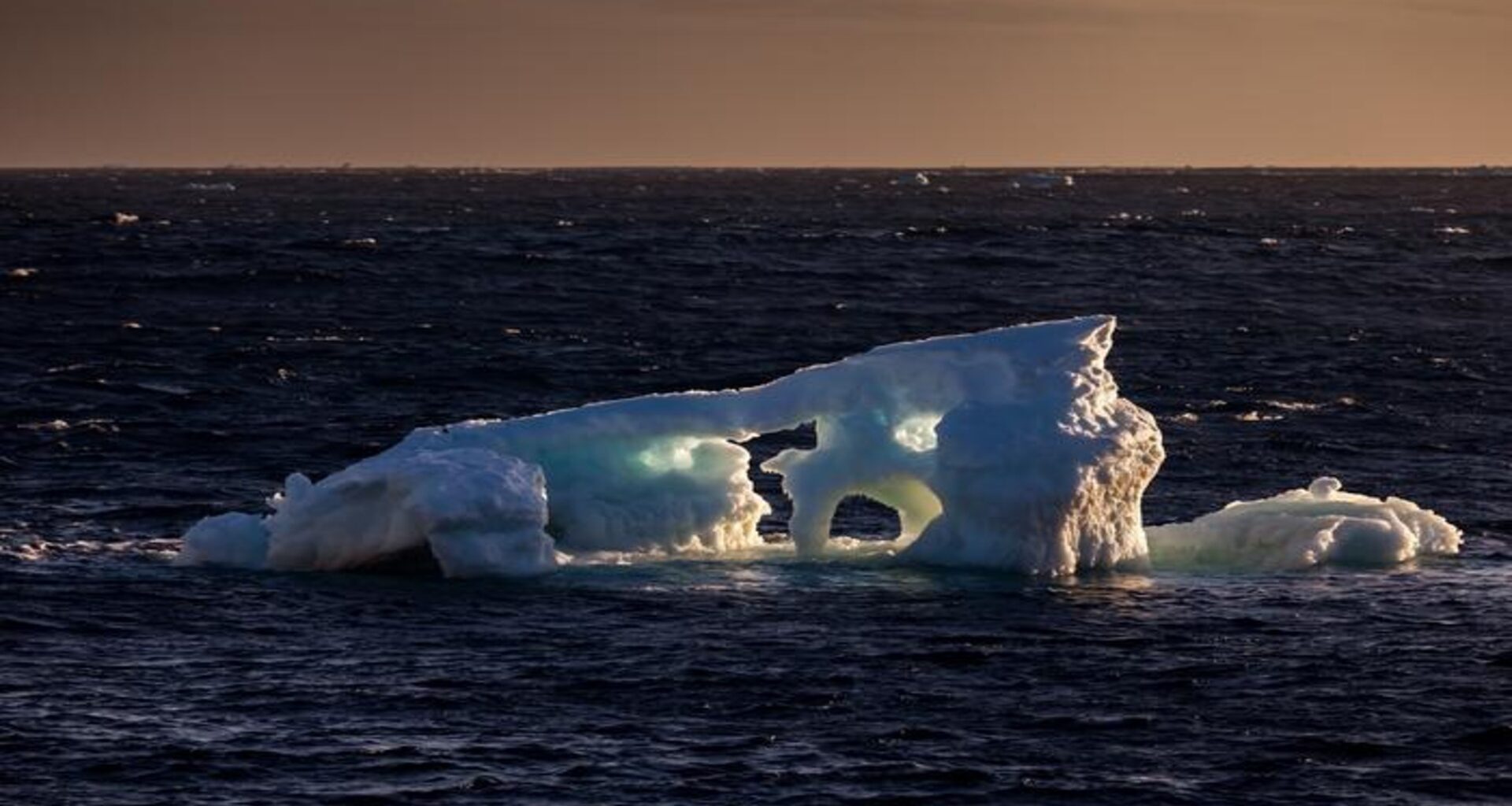A new study challenges previous climate predictions by demonstrating that climate change has impacted the Southern Ocean’s ability to absorb carbon dioxide. However, a delicate relationship remains in the balance.
According to scientists from the Alfred Wegener Institute (AWI), a leading international center of polar and marine research, the Southern Ocean around Antarctica acts as a “carbon sink” because it alone stores about 40% of anthropogenic CO₂ emissions—that is, the CO₂ specifically released into the atmosphere by humans.
Because of the crucial role the Southern Ocean plays in mitigating this catalyst for climate change, AWI researchers have been studying this marine environment. Observational data show that climate change has not yet appeared to diminish its ability to absorb CO₂. They sought to understand why, and recently published their results in Nature Climate Change.
The chemical composition of the upper ocean, or the top layer most influenced by the atmosphere, has helped to trap carbon in the deep sea. But as climate change continues to alter the South Ocean, the critical question is whether it will be able to continue keeping carbon at bay, or if the carbon will finally be released into the atmosphere, threatening the world as we know it.
Antarctica is the world’s carbon “sink”
As long as natural CO₂ doesn’t surface from the deep ocean, the Southern Ocean can continue to absorb anthropogenic CO₂, a press release explains. The upper layer of the sea, closest to the surface, keeps the denser, CO₂-rich waters contained due to its low saline content.
“The water that upwells from the depths in the Southern Ocean is extremely old,” having not surfaced for hundreds or thousands of years. Described by study authors as “salty, nutrient-dense, and relatively warm,” the Southern Ocean will continue to function as a “sink” as long as the density stratification between these two layers remains intact.
However, model studies predicted that strengthening westerly winds, provoked by climate change, would cause this CO₂-dense water to finally break to the surface. This expected event has not occurred, which has effectively curbed climate change. According to the study authors, the cold, low-salinity water of the upper ocean has continued to function as a natural barrier.
The good news is that climate change hasn’t changed the composition of the ocean around Antarctica yet. However, their study, which analyzed data from long-term observations and marine expeditions made between 1972 and 2021, found that “the two water masses have become more distinct from one another.”
Antarctica might not be a sink forever
The Southern Ocean’s surface water salinity has been reduced by the increased input of freshwater, caused by precipitation, but also by melting glaciers and sea ice. That reduction has actually reinforced the density stratification between the two layers, which has succeeded in keeping the CO₂-dense water beneath the surface.
“Our study shows that this fresher surface water has temporarily offset the weakening of the carbon sink in the Southern Ocean, as model simulations predicted,” the study authors said.
Nonetheless, they observed that ever since the 1990s, the upper boundary of deep water has shifted roughly 40 meters closer to the breaking point. As time goes on, that natural barrier might disappear if the two layers begin to mix.
Study authors weren’t able to confirm whether or not the deep ocean has been releasing more CO₂ into the atmosphere in recent years. However, the results of the study suggest that the process might be underway.
What surprised leading climate researchers, however, was the role the deep ocean plays in the overall picture: “We need to look beyond just the ocean’s surface.”
“To confirm whether more CO₂ has been released from the deep ocean in recent years, we need additional data, particularly from the winter months, when the water masses tend to mix,” concluded Prof. Alexander Haumann, co-author of the study, in a press release.
“In the coming years, the AWI is planning to carefully examine these exact processes as part of the international Antarctica InSync programme, and gain a better understanding of the effects of climate change on the Southern Ocean and potential interactions.“
The study is available in the Nature Climate Change journal.

